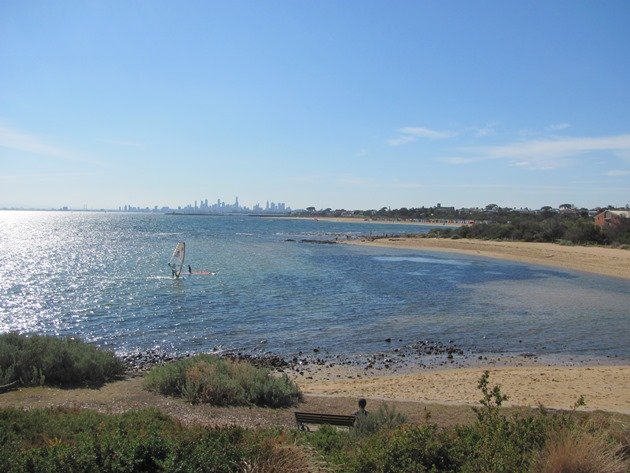
We both enjoy walking and Melbourne is an excellent city for walking in and the coast is not too far away, so you can join a promenade and wander the coastline of Port Phillip Bay at your leisure. I am always aware of the fact that the weather in Melbourne is about to get a whole lot colder and no doubt wetter. When I found out that after the early storm on Wednesday this week that the weather would improve for the rest of the day and then return to cold weather I planned to tackle a bit more of the coastline. Having already walked from the east side of the city of Melbourne to Sandringham along the coast two weeks ago I knew it was a lovely walk and aimed to travel further by leaving earlier.
I started my walk from the city to the coast by following the Sandridge Railway Trail, which follows the original route of the first steam railway from the Port of Melbourne to Flinders Street Station in the city. There is a now a light rail service running this route with a dual purpose path following beside it through parkland. The Red Wattlebird, Spotted Doves and Common Mynas are the most common birds on this trail. It doesn’t take long and you are right on the coast and I have walked north in the past to follow the trail to Westgate Park, but on this occasion I once again set off to the south.
There were numerous flocks of Silver Gulls along the beaches and several Pacific Gulls at Port Melbourne and then the next small flock of birds that I encountered were near St Kilda and it was a flock of six Black-winged Stilt beside a shallow pool of water on the beach.
Black-winged Stilt at St Kilda
As I continued south I stopped at each small jetty to see which species were roosting and the sea was substantially rougher than on my previous visit. Not only were seabirds roosting, but also Chestnut Teal were taking advantage of the various roost points along the coast.
Chestnut Teal and Crested Terns
A good variety of cormorants had chosen to roost along the jetties and decaying structures along the coast as I wandered south in ideal walking weather.
Crested Terns, Pied Cormorants and Little Pied Cormorants
Little Black Cormorants and Little Pied Cormorants
I continued south along the promenade towards Brighton and beyond. Just beyond Brighton on Dendy Beach there are a row of colourful bathing boxes, which date back to 1862. It is just beyond this point that the feature photo was taken, where I am looking north back to the city of Melbourne and the bathing boxes are in a row along the coast in the second bay. There are a lot of small sheltered bays along the coast and you can choose to walk along the beach or promenade. The sea is shallow in most places, hence all of the jetties, and the water is very clear. You can observe the various seaweeds and even some large jellyfish as you wander the coast. On the sheltered side of several jetties I came across small groups of up to seven Hoary-headed Grebes bobbing along.
Hoary-headed Grebes
Once you are in the Bayside suburbs there are clearly marked maps to show you where you are as you continue south and I had also been able to acquire a Bayside cycling trail map from the visitor centre.
Bayside Coastal Trail maps along the coast
As I continued towards Sandringham the beach widened and there were a few Superb Fairywrens nipping down from the saltbush to the promenade, but it was rather quiet for birds for a while. The promenade offered tiles detailed with varying art as I continued south and there were some rather beautiful tiles along the route.
Promenade and art tiles
Once I reached Sandringham I was up high on the cliff tops and I had three choices for much of the next section of my walk south to Beaumaris. I could either walk along the beach, walk along a promenade or walk along the coastal track on the top of the cliffs. I varied my walking and the coastal track on top of the cliffs was good for observing Grey Fantails, White-browed Scrubwrens, Silvereyes and excellent views along the coast of Half Moon Bay.
Coastal track south of Sandringham
There are several viewing points along the coastal track and they offer views of Red Bluff and beyond. By now the sun had added a nice bit of warmth to the day and I continued on south towards Ricketts Point.
Red Bluff from the coastal trail
I then went down onto the promenade once again where the sea was completely flat and watched the Black Swans feeding in the shallows. I had observed several Black Swans along the coast and some of them were wearing neck bands and were originally banded as far back as 2006 at Albert Park and had moved to the coast to feed.
Black Swans near Ricketts Point
Going around the next point I could see huge flocks of terns and gulls far out at sea feeding frantically and moving as the fish moved below the surface. I am unsure of the exact species that were present, but there were no doubt Crested Terns among the feeding frenzy.
Feeding frenzy
By the time I reached the Ricketts Point Marine Sanctuary the light was starting to fail at the end of what had been a lovely day of walking. Clouds were building up to remind me that this may have been the last day of summery weather!
Ricketts Point
Out on the reef there were hundreds of birds roosting and it was mostly Pacific Gulls and Crested Terns on the outer reef. Silver Gulls were in closer and Black Swans fed through the shallows.
Ricketts Point roost
A lone Australian Pelican waddled across the sand and back into the sea in search of food in the late afternoon light.
Australian Pelican
The last bird that I observed along the coast was a White-faced Heron feeding and then it was time to head inland to catch a train back to the city.
White-faced Heron
The closest train station is Cheltenham, which is quite some distance inland and if there were more hours in the day you could continue further along the coast and the Frankston train line comes close to the coast a few kilometres to the south. Another option is to take a train to Sandringham and then walk south and spend a lot more time at Ricketts Point Marine Sanctuary. There are endless opportunities for birding all along the coast south of Melbourne and depending on how keen you are to walk or cycle the trails are excellent. The cyclists are kept aside from the pedestrians for the majority of these trails, so you are not disturbed by cyclists whizzing by at high speed.
This is a walk that takes all day, but worth every moment and it takes about 30 minutes to get back to the city by train from Cheltenham. There are ample benches along the route and also water fountains, but not always when you need them and so it is advisable to carry at least some water and other supplies as required. The walk could also be broken up into shorter lengths with the use of the various forms of public transport in the Melbourne area.


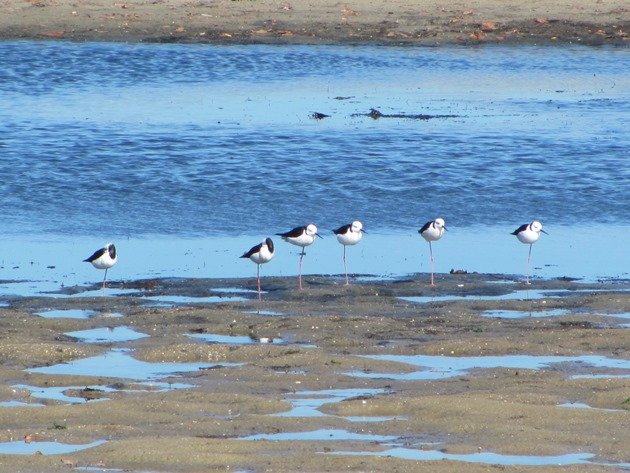
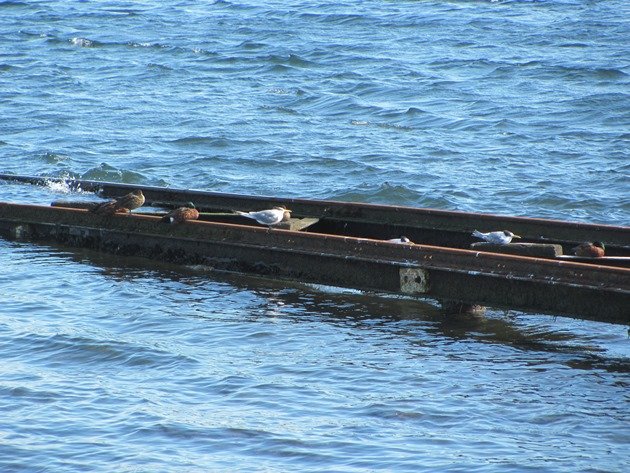
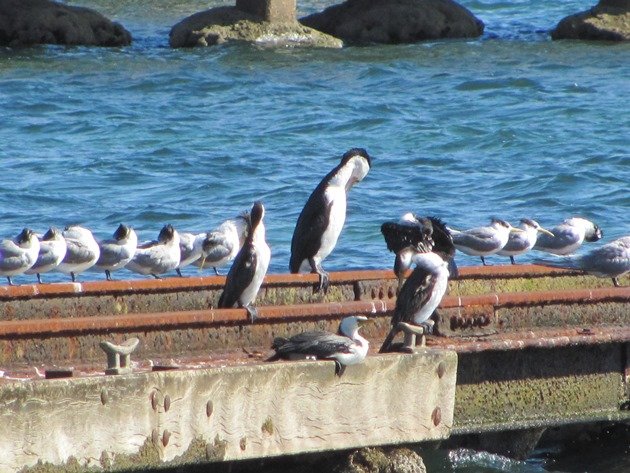
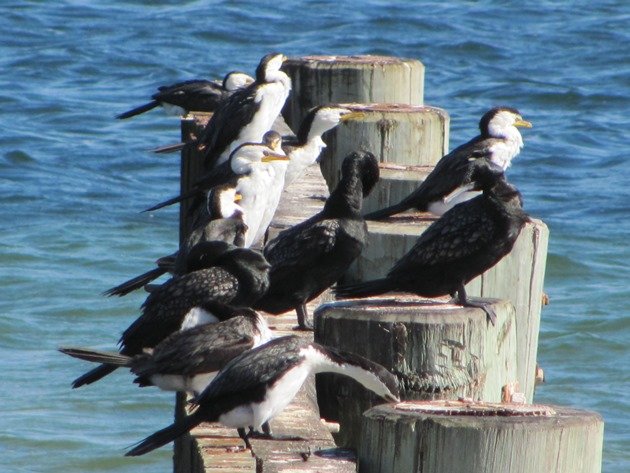
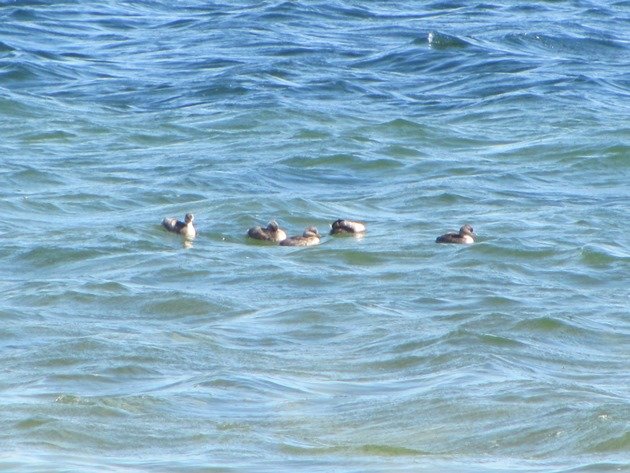
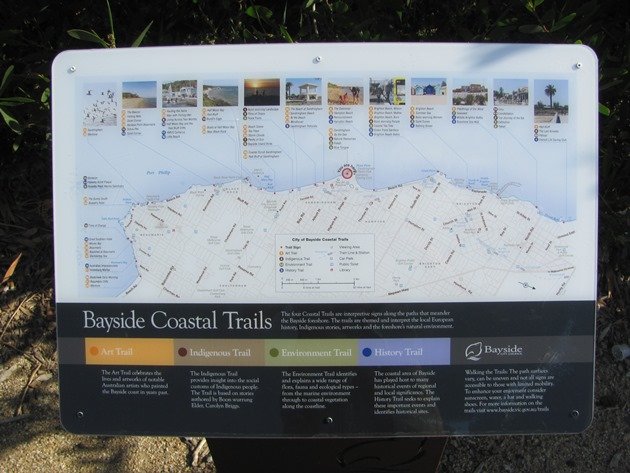
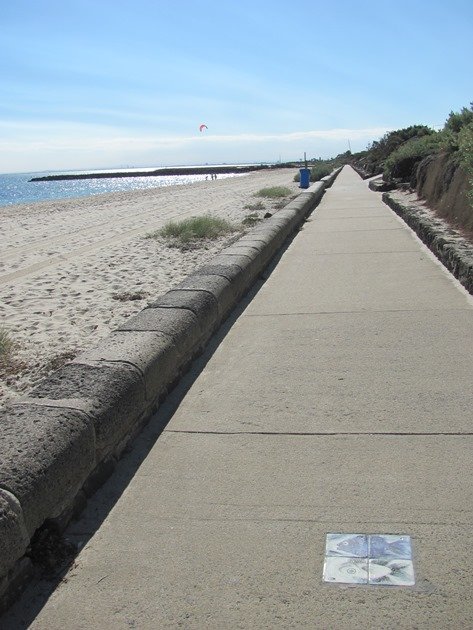
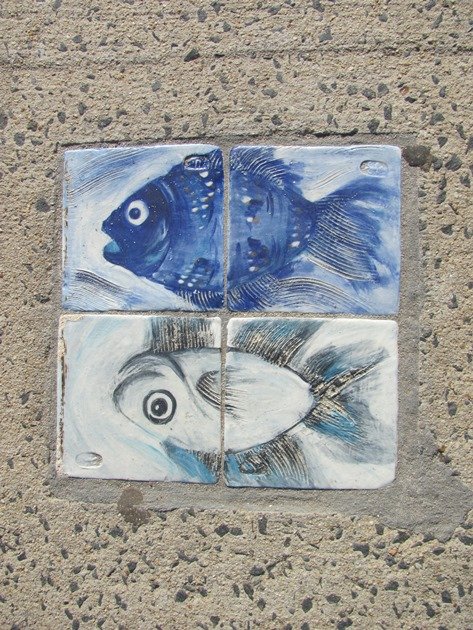
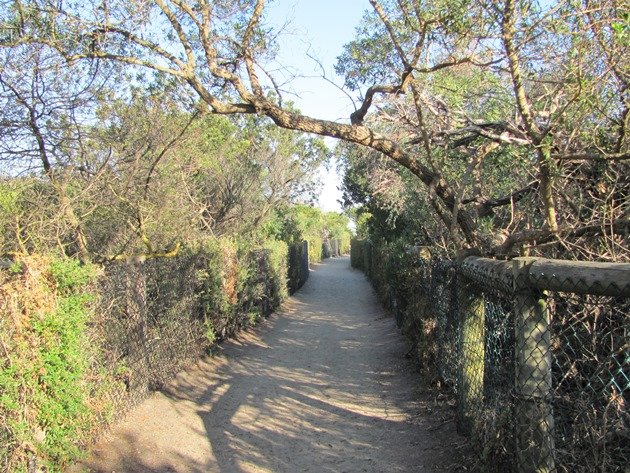
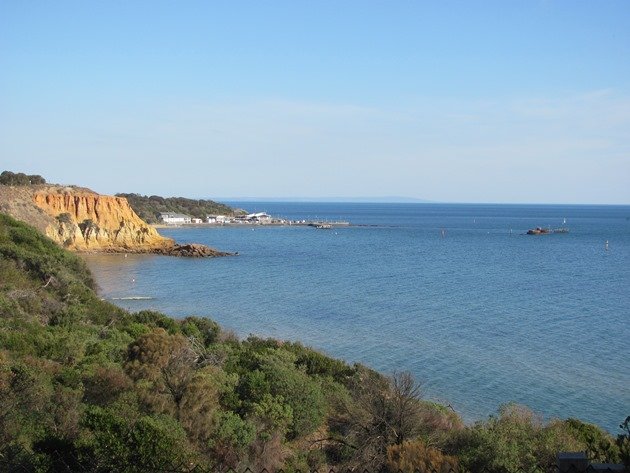
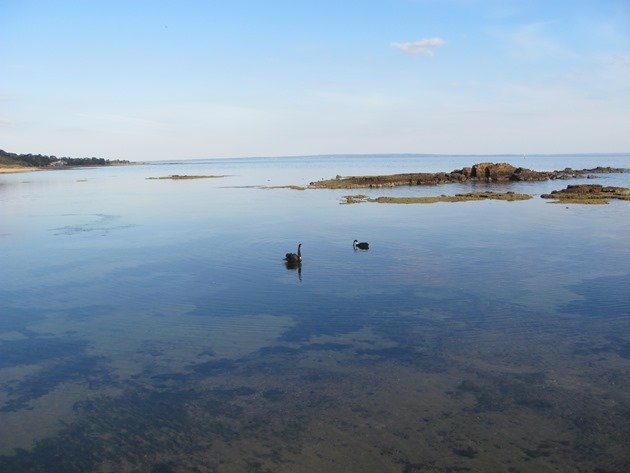
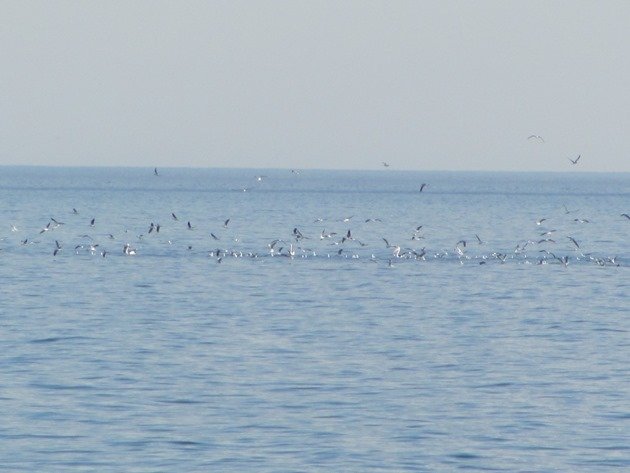
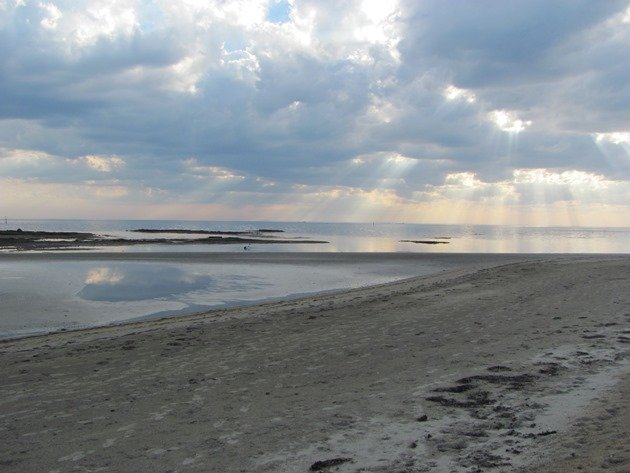
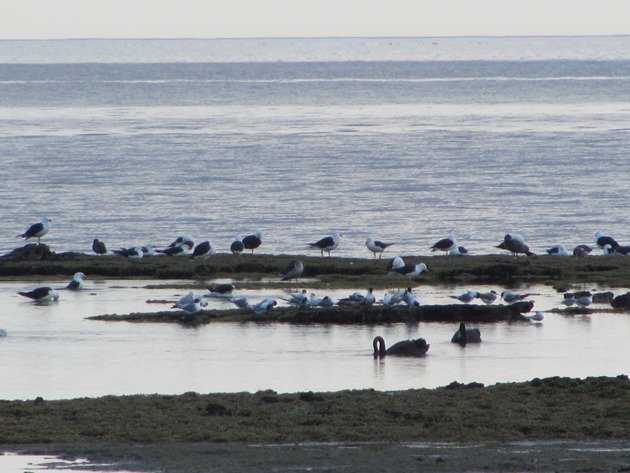
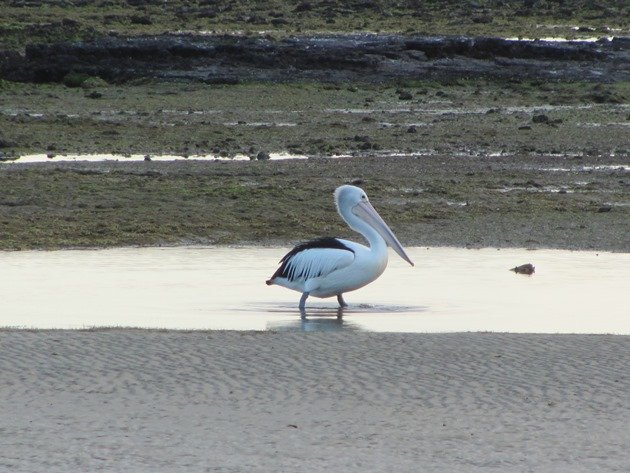
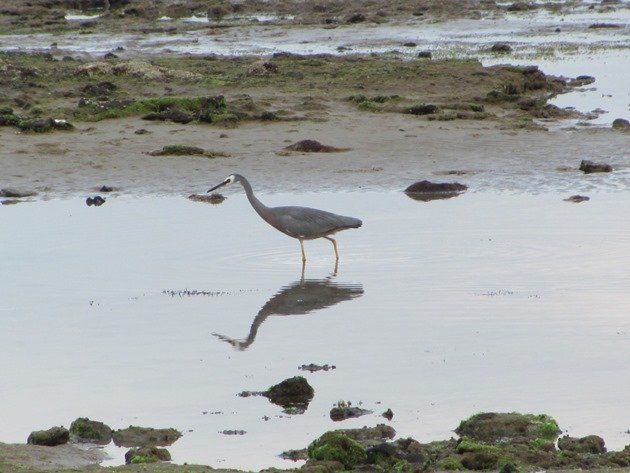











What a nice walk that would be.
Yes, it is Pat! 🙂
Oh, coastal walks are the best.
Too bad I live 700 km from the nearest one…
So….all holidays are taken on a coast somewhere! 🙂